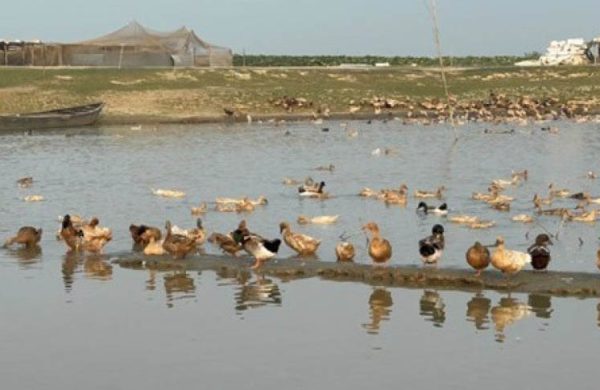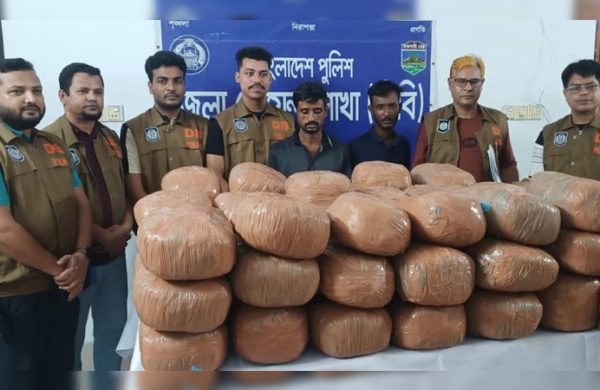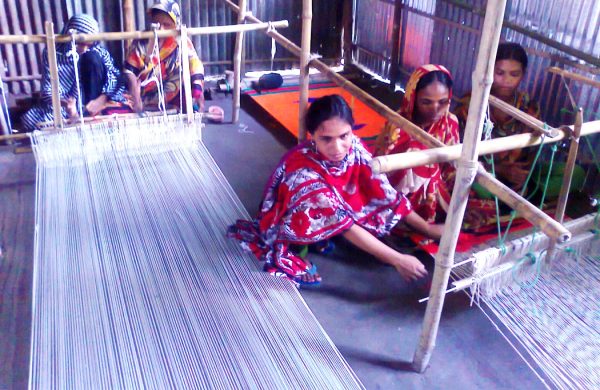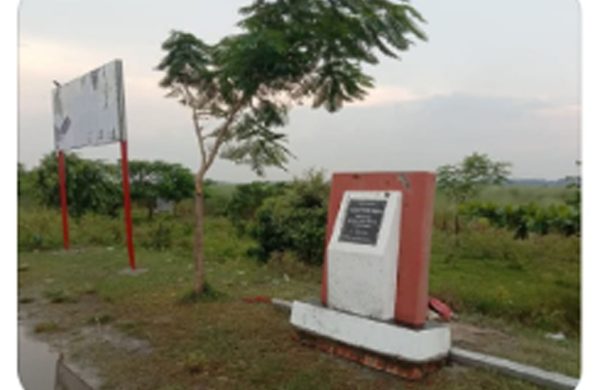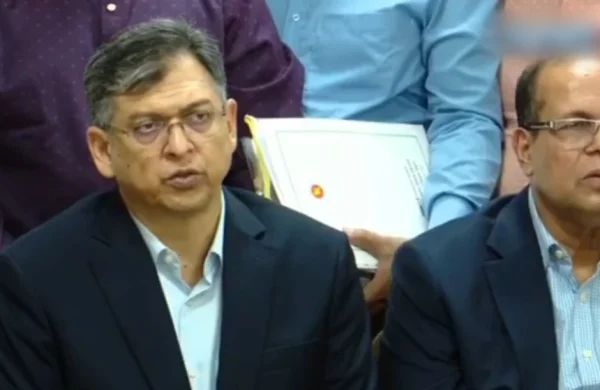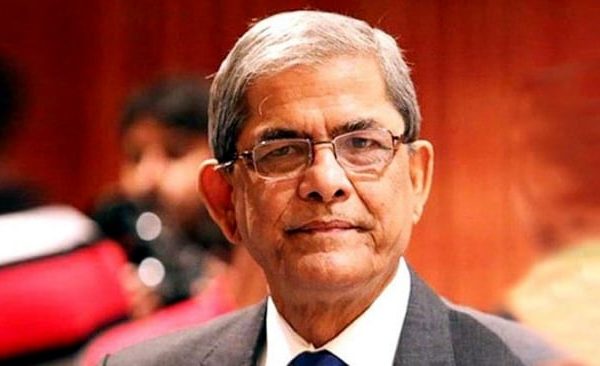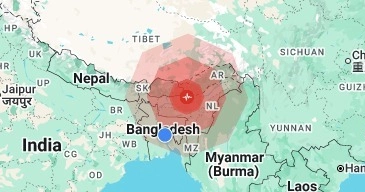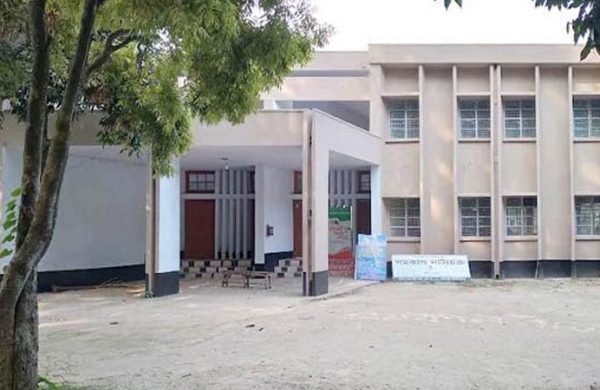Fruits farming occupying paddy fields in Rajshahi
- Update Time : Saturday, July 5, 2025
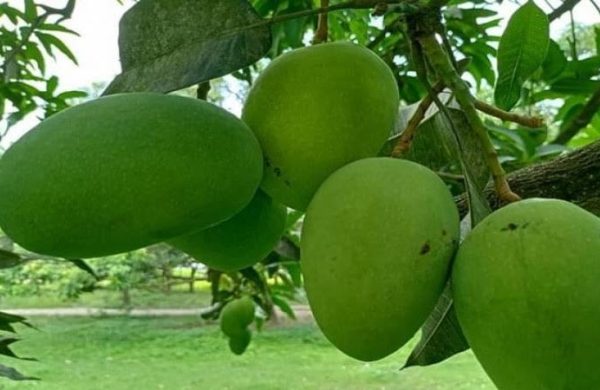
Rajshahi Correspondent:
An increasing number of grassroots farmers in the Barind region are switching from paddy cultivation to mango farming due to acute irrigation water crisis and higher profit prospects.
According to the Department of Agricultural Extension (DAE), farmers are either leasing out their lands to commercial mango growers or growing the fruit themselves, abandoning the uncertainty of rice cultivation.
Saday Chandra Debnath, 38, a farmer from Sapahar upazila in Naogaon, said he was burdened with debt due to recurring losses from paddy farming, primarily caused by low market prices and water scarcity.
“We can’t get profit from paddy. The price remains low in most seasons. Irrigation water is scarce in our area, so we have to depend on rainfall. This is a permanent concern.”
Five years ago, he leased his 10 bighas of land to a mango grower who converted the fields into a commercial orchard. Now, he earns Tk 15,000 annually per bigha as lease money-double the return he received from paddy-and works as an orchard supervisor with a monthly salary of Tk 10,000.
“A confirmed income comes without worry,” he said.
Mango cultivation is expanding rapidly, especially in Sapahar and Porsha upazilas of Naogaon, which together account for 72 percent of the district’s orchards, according to the DAE.
Md Nuruzzaman, a mango grower in Porsha, said that under new methods, farmers now plant up to 200 mango trees per bigha, compared to just 10 in traditional methods.
“These trees will bear fruit for 10 years or less, and then we have to uproot and replant,” he said.
Nuruzzaman cultivates eight bighas of land and makes a profit of Tk 20,000 per season from each bigha, spending Tk 10,000 per bigha. He also provides employment to local villagers.
Another farmer, Saifuddin Mondol of Sapahar, reduced his paddy land from 20 bighas to 7 bighas two years ago and transformed the rest into mango orchards. He later leased an additional 50 bighas from other farmers at Tk 12,000 per bigha annually.
“In mango farming, the possibility of loss is low,” he said.
Dr Azizur Rahman, Additional Director of DAE, said many areas in the Barind region are on high land where installing deep tube-wells is difficult. “So, rainwater becomes their only source of irrigation water,” he said.
Shapla Khatun, Agriculture Officer of Sapahar upazila, said that whenever paddy prices fall consistently, the number of mango orchards increases the following year.
Over the past 15 years, the region comprising Rajshahi, Chapainawabganj, Naogaon, and Natore has seen paddy cultivation area shrink by 2 lakh hectares, while land under mango orchards has doubled to 87,307 hectares.
Agriculturists said newer mango varieties like Amrapali, BARI Mango-3 and 4 are driving this growth.
Naogaon, once renowned for its paddy fields, has now emerged as the country’s top mango-producing district, surpassing even Chapainawabganj, long considered the mango capital.
DAE data shows that Naogaon increased its mango orchard area by 17,500 hectares over the last 15 years, while Chapainawabganj’s increased by 12,520 hectares during the same period.
Umme Salma, Deputy Director of DAE, Rajshahi, said this year, 2.60 lakh metric tonnes of mangoes are expected to be harvested from 19,603 hectares of land in Rajshahi district.
Naogaon has mango cultivation on 30,300 hectares of land with a production target of 3.87 lakh metric tonnes this year, said Abul Kalam Azad, Deputy Director of DAE, Naogaon.
“There are prospects of mango trading worth around Taka 4,000 crore in the district this year,” he added.
Dr Yeasin Ali, Deputy Director of DAE, Chapainawabganj, said their production target is 3.86 lakh metric tonnes of mangoes from 37,504 hectares of land this season, with an estimated market value of around Tk 4,000 crore.
Chapainawabganj remains one of the top mango-producing districts in the country, often referred to as the “mango capital” due to its high-quality produce and vast orchard coverage.


